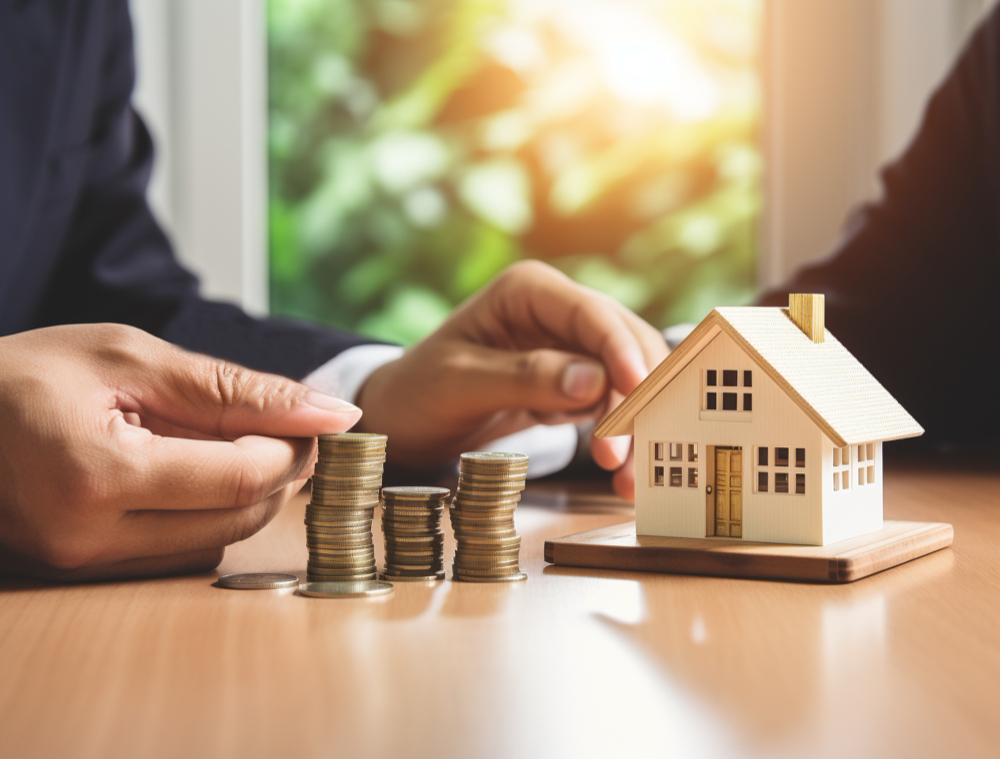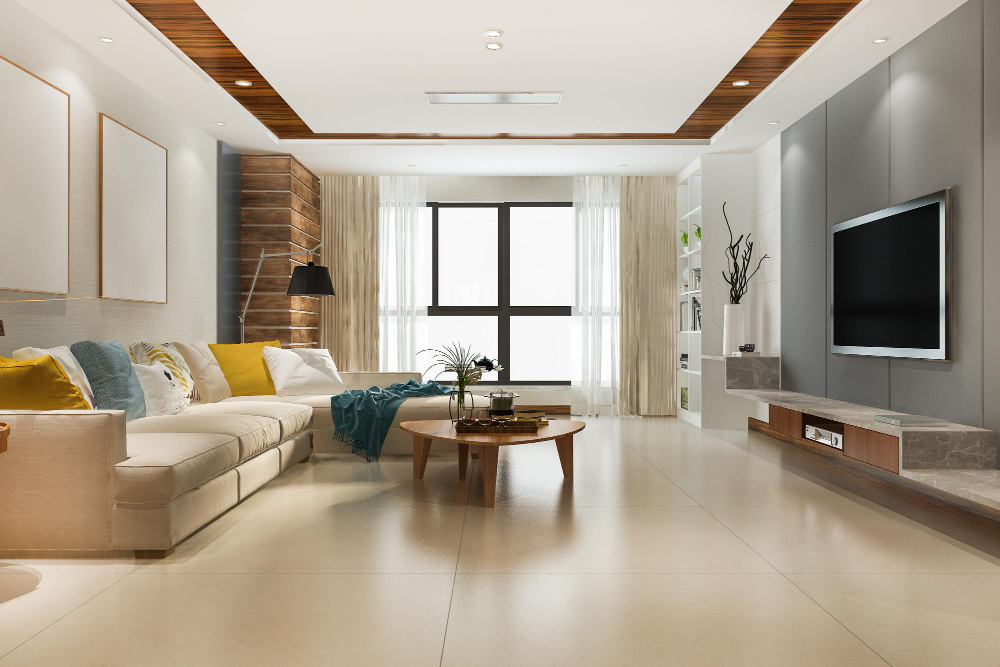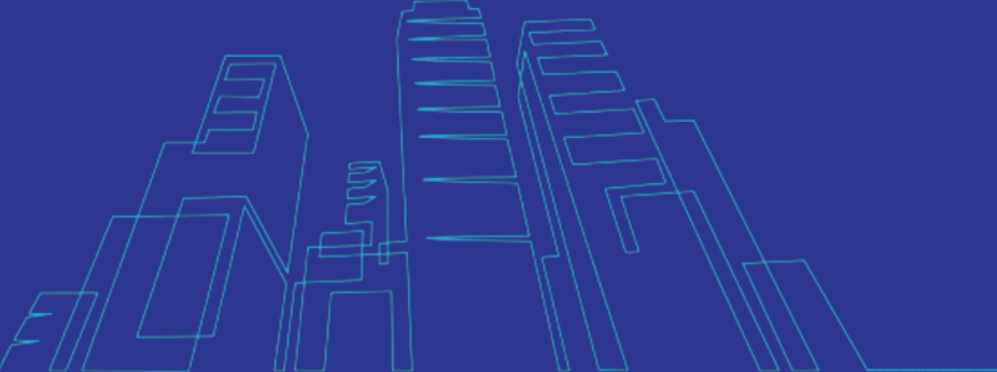In recent years, Devanahalli, also known as Devandahalli or Devanadoddi, has become synonymous with rapid development, urban expansion, and an influx of real estate investments. With the Kempegowda International Airport as its crown jewel and several business parks and infrastructure projects taking shape, Devanahalli is witnessing an unprecedented growth spurt. Positioned as the de facto capital of Bengaluru Rural district, this area is emerging as a real estate hub, offering prime investment opportunities for homebuyers and investors alike. One standout project capturing attention is Sattva Aeropolis, a premier residential development by Sattva Group that promises luxury, convenience, and future-proof investment potential.
Why Devanahalli is the Future of Real Estate Investment
Historically, Devanahalli was part of an ancient lineage of kingdoms, and it has now transformed into a hotspot for infrastructure and real estate growth. Its proximity to Bengaluru, combined with a robust plan for the future, has made it a prime location for residential and commercial ventures. Let’s explore what makes Devanahalli a real estate destination worth considering, especially for projects like Sattva Aeropolis.
1. Location and Connectivity
Devanahalli is located approximately 40 kilometers from Bengaluru, strategically positioned near the Kempegowda International Airport, which is just 5 kilometers away. The presence of the airport has spurred infrastructure development around Devanahalli, including the proposed Satellite Ring Road, which will link the town to Doddaballapur, further improving connectivity. For frequent travelers and professionals working in the tech and business parks nearby, Devanahalli offers unmatched convenience.
Beyond just the airport, the upcoming Devanahalli Business Park, Aerospace Park, and Financial City make this region highly attractive for residential buyers looking to live close to their workplace. These projects, spread across hundreds of acres, are part of a broader vision for the area, making Devanahalli the next big business and lifestyle hub in Bengaluru Rural.
2. Upcoming Infrastructure and Business Projects
With multibillion-dollar investments flowing into the region, Devanahalli is fast becoming an industrial and commercial powerhouse. The upcoming Devanahalli Business Park will feature two IT parks, providing employment opportunities for thousands of professionals. The Aerospace Park and Science Park will bring cutting-edge innovation to the region, attracting top-tier talent and global companies. Furthermore, the BIAL IT Investment Region, a 12,000-acre development, is set to be India’s largest IT hub, cementing Devanahalli’s position as a commercial focal point.
The Foxconn manufacturing plant, Boeing’s new facility, and a second World Trade Center in Devanahalli (expected to open in 2027) are just a few of the many large-scale projects underway. These developments will create numerous jobs, driving demand for housing and commercial spaces in the area.
3. Rich Heritage and Tourism
Devanahalli is not just about modern infrastructure. It also holds significant historical and cultural value. The Devanahalli Fort, constructed in the 15th century and later rebuilt by Tipu Sultan’s father, Hyder Ali, is a major tourist attraction. Visitors flock to see the Venugopalaswamy Temple, known for its exquisite post-Vijayanagara Empire architecture. The fort and its surrounding temples serve as a reminder of the town’s historical importance, adding charm and character to the rapidly modernizing region.
Moreover, Devanahalli is the birthplace of Tipu Sultan, the legendary “Tiger of Mysore.” His memorial, located just outside the Devanahalli Fort, is a site of great historical significance and draws many history enthusiasts to the area. The harmonious blend of history and modernity adds unique value to properties in Devanahalli.
Sattva Aeropolis: A Prime Residential Investment in Devanahalli
With Devanahalli’s growth trajectory clear, residential projects are springing up rapidly to meet the growing demand for housing. Among them, Sattva Aeropolis stands out as a premier choice for homebuyers and investors alike. Here’s why Sattva Aeropolis is the best real estate investment in Devanahalli.
1. Strategic Location
Sattva Aeropolis is strategically located in Devanahalli, near major infrastructure developments like the Kempegowda International Airport, Devanahalli Business Park, and Aerospace Park. This makes it an ideal location for professionals working in these burgeoning industries. The easy access to major highways like NH 44 and the proposed Satellite Ring Road ensures that residents enjoy seamless connectivity to Bengaluru and other nearby cities like Doddaballapur.
2. Luxurious Amenities
Sattva Aeropolis is designed to offer a luxurious and serene living experience. The project boasts top-notch amenities, including a modern clubhouse, swimming pool, gym, and landscaped gardens. Residents can enjoy a balanced lifestyle, with ample spaces for recreation and relaxation within the confines of the gated community. Sattva Group, known for its high-quality developments, has ensured that every detail in Aeropolis meets the highest standards of construction and design.
3. High-Value Investment Opportunity
With property values in Devanahalli appreciating rapidly due to the surrounding infrastructure developments, investing in Sattva Aeropolis is a smart move. The region is on the cusp of exponential growth, with projects like the Financial City and BIAL IT Investment Region expected to drive demand for housing. Property prices are still relatively affordable compared to the more central parts of Bengaluru, making now the perfect time to invest.
Additionally, Sattva Aeropolis is poised to benefit from the long-term infrastructure developments, including the new World Trade Center and manufacturing hubs, which will bring in thousands of new residents to the area. As these projects near completion, property values in Devanahalli are expected to skyrocket, making this investment a lucrative one.
4. Sustainable and Green Living
Sattva Aeropolis is designed with sustainability in mind, making it an eco-friendly choice for environmentally conscious homebuyers. The project incorporates green building practices, including energy-efficient designs, rainwater harvesting systems, and lush green spaces. Devanahalli, with its relatively lower pollution levels compared to the city, offers a healthier and more peaceful living environment for families looking to escape the hustle and bustle of Bengaluru’s central areas.
5. Community Living
Sattva Aeropolis is more than just a place to live—it’s a community. With thoughtfully designed common spaces, residents can enjoy a sense of belonging and camaraderie with their neighbors. Whether it’s a family looking for a home close to top schools and amenities, or a young professional seeking proximity to business hubs, Sattva Aeropolis offers the perfect blend of convenience and community living. It offers two large clubhouses and swimming pools for the ultimate in recreation.
The Future of Devanahalli and Sattva Aeropolis
Looking ahead, Devanahalli’s future is bright. The massive infrastructure projects underway will continue to drive real estate demand, making properties in Sattva Aeropolis a valuable investment. The influx of IT professionals, executives, and families to the region ensures that property prices will continue to rise as Devanahalli becomes one of Bengaluru’s most sought-after residential locations.
Investing in Sattva Aeropolis not only provides you with a luxurious home in a well-connected location but also positions you for significant financial gains in the coming years. As Devanahalli transitions into a major business and residential hub, now is the time to secure your place in this dynamic region.










